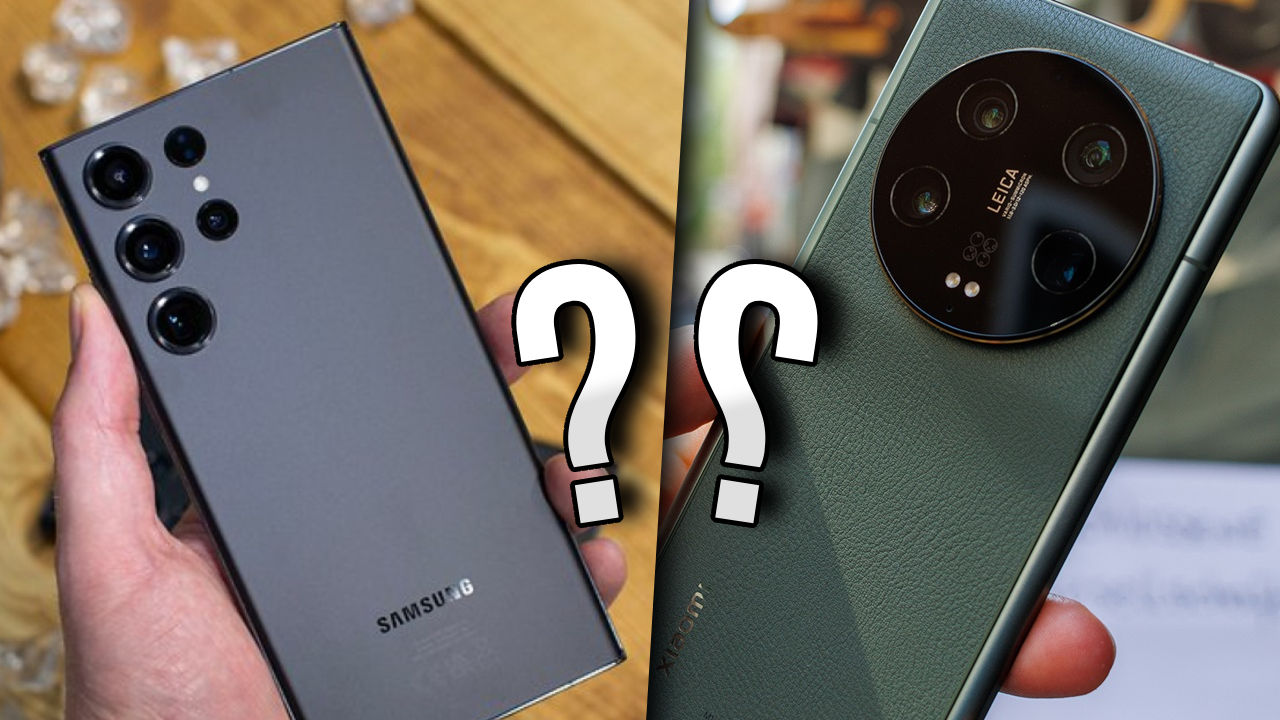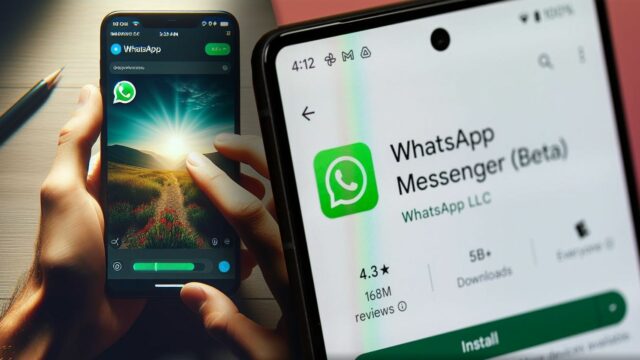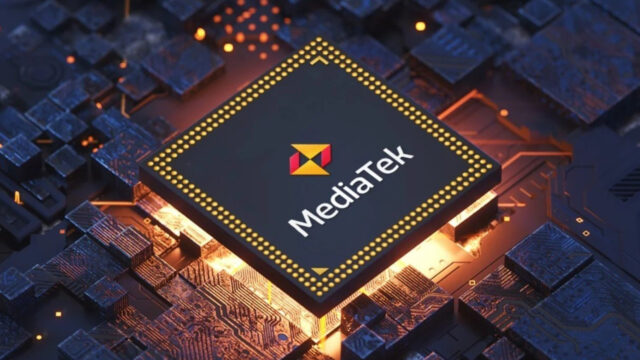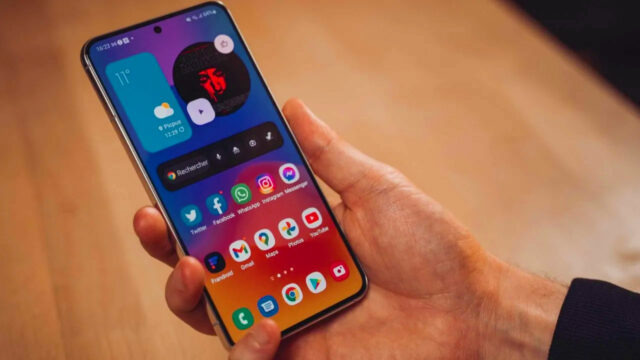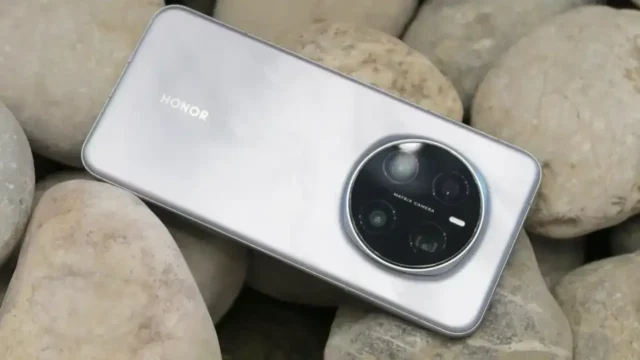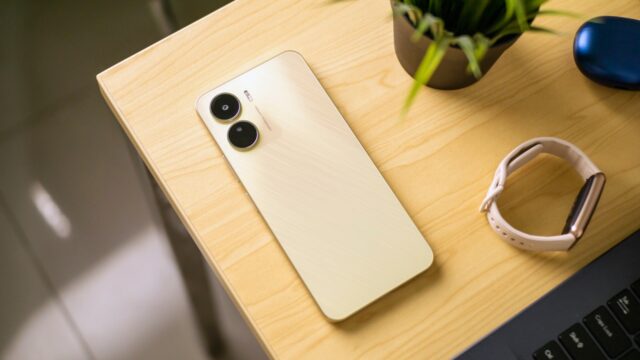If you’re thinking of buying a new smartphone and have your eye on the flagship segment, you’re bound to come across the Xiaomi 14 Ultra and the Samsung Galaxy S24 Ultra. So which of these two phones is better? In this content, we made a comparison for Xiaomi 14 Ultra and Samsung Galaxy S24 Ultra models.
Xiaomi 14 Ultra and Samsung Galaxy S24 Ultra comparison
Flagship smartphones have high-end features in terms of battery, charging speed, front and rear cameras, display, connectivity and software. In this context, it is recommended that those who want to buy a powerful device should directly examine the flagships.
Of course, when it comes to a powerful device, the money to be paid is not very little. In this direction, it is very important to make the right choice. So let’s move on to the comparison of the best-selling flagship phones Xiaomi 14 Ultra and Samsung Galaxy S24 Ultra.
The Xiaomi 14 Ultra was introduced on February 25, 2024, while the Samsung Galaxy S24 Ultra was introduced on January 17, 2024.
Design
Xiaomi 14 Ultra model has a high-strength aluminum case. The smartphone, which has features such as stain resistance, antibacterial and environmental friendliness and comes with vegan leather, has a round camera setup.
The Samsung Galaxy 24 Ultra model also has a titanium exterior. In this way, the design of the cameras of the smartphone, which stands out with its robustness, brings the previous models to mind. We leave the winner of this comparison to you.
Performance
Both devices are powered by Qualcomm’s Snapdragon 8 Gen 3 processor. However, there are slight differences between the gigahertz values of the cores. We see that the graphics units of the phones are Adreno 750.
The cores of the processor in Xiaomi 14 Ultra are one Cortex-X4 at 3.3 GHz, three Cortex-A720 at 3.2 GHz, two Cortex-A720 at 3.0 GHz and two Cortex-A520 at 2.3 GHz. The processor in the Samsung Galaxy S24 Ultra consists of one Cortex-X4 at 3.39 GHz, three Cortex-A720 at 3.1 GHz, two Cortex-A720 at 2.9 GHz and two Cortex-A520 cores at 2.2 GHz.
Overall, the Samsung Galaxy S24 Ultra has cores with slightly higher frequencies. This may not have a significant impact on the user experience. Because in daily use and in most applications, these slight speed differences may not be noticed. However, it can be decisive during very intensive processor use, i.e. in games or applications that require high performance.
Screen
Xiaomi 14 Ultra features a 6.73-inch LTPO AMOLED display. With a resolution of 1440 x 3200 pixels, this display is supported by a 120 Hz refresh rate. It also offers 3000 nits peak brightness and has HDR10+ support. It is also protected by Xiaomi Shield Glass / Xiaomi Longjing Glass.
Samsung Galaxy S24 Ultra comes with a 6.8-inch Dynamic LTPO AMOLED 2X display with a resolution of 1440 x 3120 pixels. Supported by 120 Hz refresh rate, this screen offers 2600 nits peak brightness. HDR10+ support is also available, while it is protected by Corning Gorilla Armor.
Front camera
The Xiaomi 14 Ultra has a 32 Megapixel selfie camera with f/2.0 aperture, HDR and panorama support, and can shoot 60 FPS videos in 4K. The selfie camera on the Samsung Galaxy S24 Ultra is 12 Megapixels with an aperture of f/2.2. This camera with Auto-HDR, HDR10+ features can record 60 FPS video in 4K, just like the Xiaomi 14 Ultra.
In terms of resolution, the Xiaomi 14 Ultra offers higher Megapixels, while the Samsung Galaxy S24 Ultra has a wider aperture and advanced autofocus technology such as dual pixel PDAF. On the video side, both devices are capable of 4K video recording, with the Xiaomi 14 Ultra offering a higher frame rate at 1080p and better stabilization during video recording with gyro-EIS. Samsung’s HDR10+ can enable better dynamic range and color detail.


